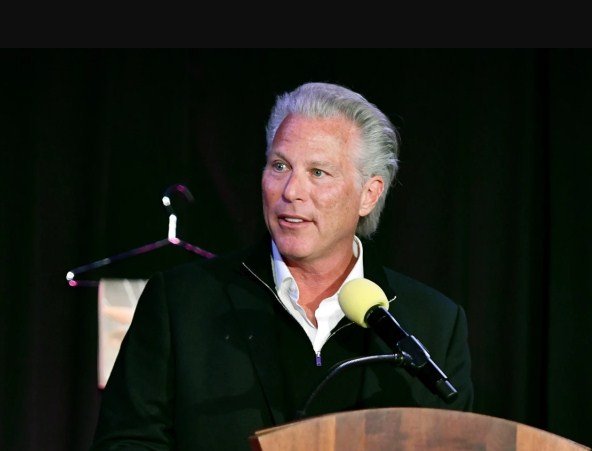Sports Illustrated, one of the most iconic and respected sports magazines in the world, is facing a major crisis after it was revealed that it had published articles written by artificial intelligence (AI) under fake author names and photos. The scandal has led to the firing of the CEO and COO of The Arena Group, the publisher of Sports Illustrated, and sparked outrage among the magazine’s staff and readers.
How the AI Scandal Unfolded
The AI scandal was exposed by Futurism, a tech publisher that reported the issue after finding author headshots on an AI-generated image website. The website, called Generated Photos, sells realistic-looking photos of people who do not exist, created by AI algorithms. Futurism found that several articles on the Sports Illustrated website had been published under fake author names and photos that matched the ones on Generated Photos. The articles were mostly product reviews and affiliate commerce articles, which are designed to generate revenue by linking to products or services that the magazine gets a commission from.
Futurism also found that some of the alleged Sports Illustrated writers had mysteriously vanished from the publication’s website, and their articles had been reassigned to different authors who also did not appear to exist online and whose photos were also from Generated Photos. The report suggested that the articles had been written by AI software, possibly using natural language generation (NLG) techniques that can produce coherent and convincing text based on keywords or prompts.
The Arena Group’s Response and Actions
The Arena Group, which has operated and licensed Sports Illustrated since 2019, initially denied the allegations and claimed that the articles had been written and edited by humans. The company said that it had licensed the content from a third-party company, AdVon Commerce, an e-commerce company that works with retailers and publishers. The company said that AdVon had assured them that all of the articles in question had been written by humans and that they had used counter-plagiarism and counter-AI software to verify the quality and originality of the content.
The company also said that AdVon had allowed its writers to use pseudonyms and AI-generated photos in certain articles to protect their privacy, and that this was why the author names and photos could not be found elsewhere on the internet. The company said that it did not condone these actions and that it had removed the content while launching an internal investigation. The company also said that it had ended its partnership with AdVon.
However, the company’s response did not satisfy the public or the staff of Sports Illustrated, who demanded more accountability and transparency from the management. The Sports Illustrated Union, which represents the staff writers of the magazine, said that they were “horrified” by the AI scandal and that it violated everything they believed in about journalism. The union said that they wanted the company to commit to adhering to basic journalistic standards, including not publishing computer-written stories by fake people.
The pressure from the union and the media led to the firing of the CEO and COO of The Arena Group, Ross Levinsohn and Steve Swartz, respectively. The company announced that it had terminated their contracts effective immediately and that it had appointed a new interim CEO, David Pecker, who is also the CEO of American Media, the parent company of The Arena Group. The company said that it was taking the AI scandal very seriously and that it was working to restore the trust and reputation of Sports Illustrated.
The Implications and Challenges of AI in Journalism
The AI scandal at Sports Illustrated is not the first time that AI has been used or misused in journalism. Several news outlets have experimented with AI or released guidelines for their use of AI in news production. Some of the benefits of AI in journalism include increasing efficiency, accuracy, and diversity of coverage, as well as creating new forms of storytelling and engagement. However, some of the challenges and risks of AI in journalism include ethical, legal, and social issues, such as plagiarism, bias, misinformation, manipulation, and accountability.
The AI scandal at Sports Illustrated highlights the need for more regulation and oversight of the use of AI in journalism, as well as more education and awareness among journalists and audiences about the potential and limitations of AI. It also raises questions about the quality and credibility of online content and the responsibility and role of publishers and platforms in ensuring and verifying the authenticity and integrity of the content they produce or host. As AI becomes more advanced and accessible, the journalism industry will have to adapt and evolve to ensure that it remains a trusted and reliable source of information and entertainment.

